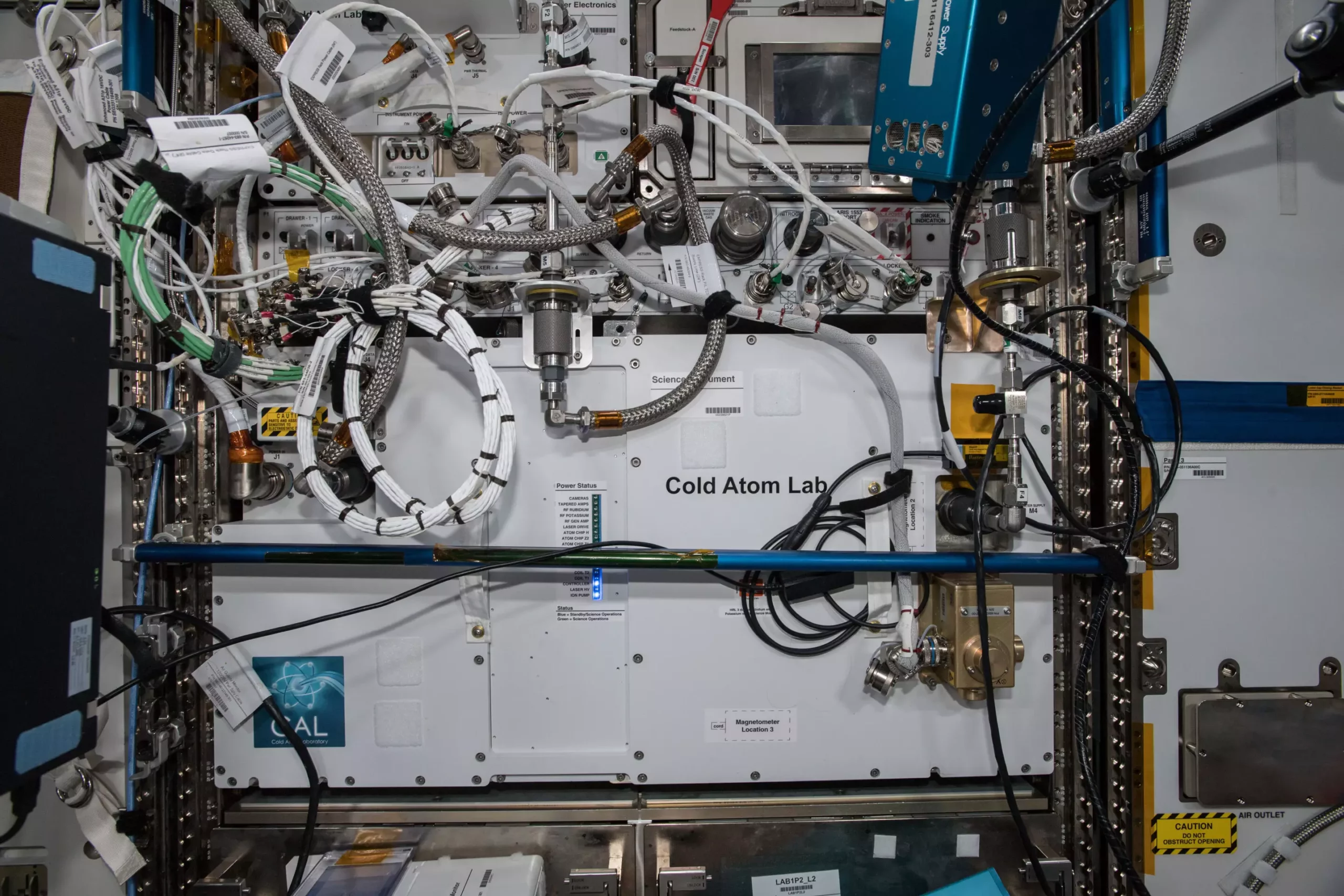NASA’s Cold Atom Lab aboard the International Space Station has made significant progress in utilizing ultra-cold atoms to detect changes in the surrounding environment in space. This groundbreaking facility has not only measured vibrations of the space station but has also demonstrated the wave-like nature of atoms in freefall for extended periods. These achievements have paved the way for new possibilities in quantum science in space.
The Cold Atom Lab’s use of an atom interferometer marks a significant milestone in space-based quantum research. This tool, capable of measuring gravity, magnetic fields, and other forces, has opened up avenues for studying the fundamental nature of gravity and advancing various technologies. Scientists and engineers on Earth have long relied on atom interferometry for navigation and fundamental research. The space environment offers unique advantages for prolonged measurements and increased instrument sensitivity, making it an ideal setting for quantum experiments.
The development of space-based sensors with high precision gravity measurement capabilities holds promise for a wide range of applications. By revealing the composition of planets and moons through variations in gravity, these sensors could provide valuable insights into celestial bodies in our solar system. Additionally, precise gravity measurements could shed light on dark matter and dark energy, two fundamental mysteries in cosmology. The ability to test Einstein’s theory of general relativity in new ways opens up new opportunities for understanding the structure of the universe.
About the size of a minifridge, the Cold Atom Lab launched to the space station in 2018 with the mission of advancing quantum science in microgravity. By cooling atoms to nearly absolute zero, the lab creates a Bose-Einstein condensate, allowing for the study of macroscopic quantum properties. In this state, atoms exhibit wave-like behaviors that challenge our understanding of the fundamental nature of matter. The facility’s atom interferometer, along with other tools, enables precision measurements that harness the quantum nature of atoms, offering new insights into physical phenomena.
The successful demonstration of atom interferometry in space opens up exciting possibilities for future discoveries and technological advancements. By leveraging the unique properties of quantum systems in microgravity, researchers aim to unravel the mysteries of the universe and develop new quantum technologies with practical applications. As quantum science continues to evolve, the Cold Atom Lab and similar initiatives represent a significant step towards a quantum future that promises to revolutionize our understanding of the cosmos.


Leave a Reply